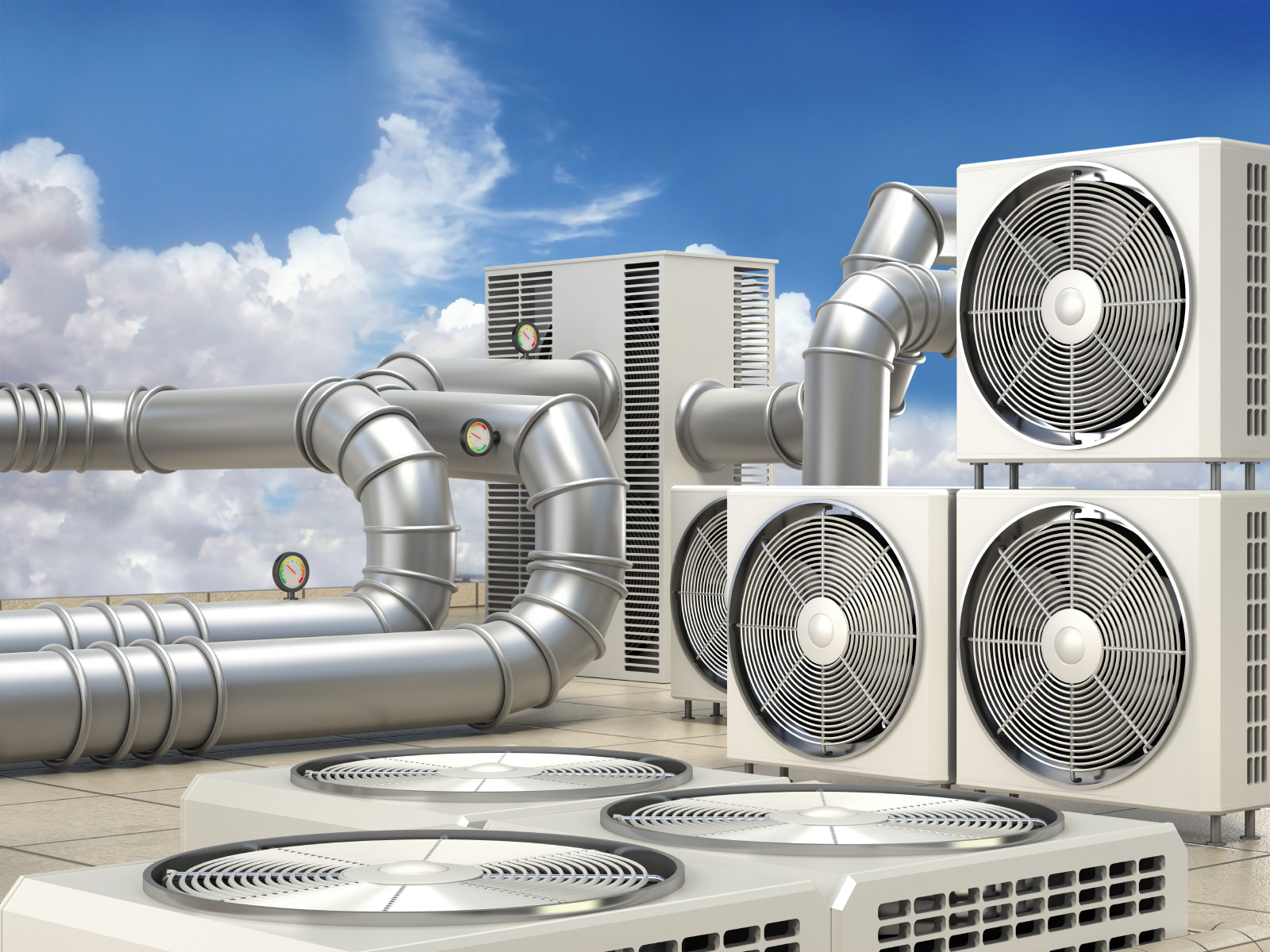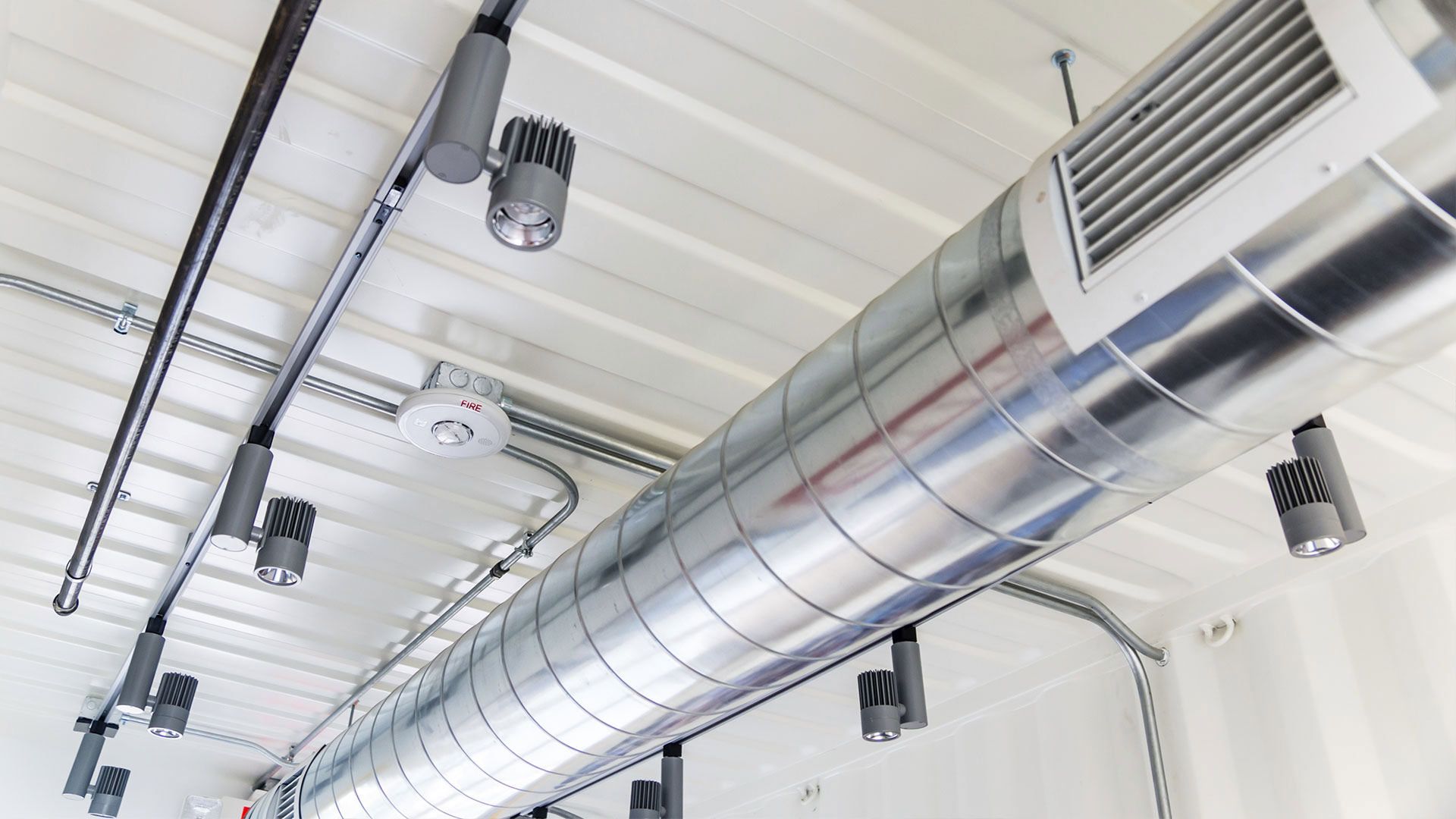Mechanical ventilation, also known as assisted breathing, is a crucial medical intervention used to support patients who cannot breathe independently. While the concept of a machine helping someone breathe may seem simple, its mechanics could be more complex and often misunderstood. In this blog post, we will demystify ventilation and provide a comprehensive understanding of how it works, its benefits and potential risks, and the different types of ventilation methods available. Whether you are a healthcare professional, a patient or a caregiver, this post will give you everything you need to know about ventilation. So, let’s dive in and unravel the intricacies of this lifesaving technology.
Understanding the Basics of Ventilation
Ventilation is a lifesaving intervention that supports patients who are unable to breathe on their own. Understanding the basics of ventilation is essential to grasp its significance and functionality. At its core, ventilation involves the use of a machine to assist with the process of breathing. It delivers oxygen to the lungs and removes carbon dioxide, mimicking the natural respiratory cycle.
During ventilation, a tube is inserted into the patient’s airway through the nose or mouth or via a tracheostomy. The machine then delivers pressurized air or oxygen through the tube, creating artificial breaths. These breaths can be customized based on the patient’s needs, such as tidal volume, respiratory rate, and inspiratory and expiratory pressure.
The process of ventilation can be complex, with various parameters and settings to consider. Healthcare professionals carefully monitor and adjust these settings to meet the patient’s respiratory needs. Ventilator settings can be adjusted to optimize lung function, prevent further lung damage, and maintain adequate oxygenation and ventilation.
Understanding the basics of ventilation is crucial for healthcare professionals, patients, and caregivers alike. By demystifying this lifesaving technology, we can foster a better understanding of its role in critical care and ensure optimal patient care.
Different Types of Mechanical Ventilators
When it comes to ventilation, there is no one-size-fits-all approach. Different types of mechanical ventilators are available to cater to the specific needs of patients. Here, we will explore some of the most commonly used types of ventilators.
- Positive Pressure Ventilators: These ventilators work by delivering pressurized air or oxygen to the patient’s airways, creating artificial breaths. They can be further categorized into volume-cycled ventilators, pressure-cycled ventilators, and time-cycled ventilators.
- BiPAP (Bilevel Positive Airway Pressure) Ventilators: BiPAP machines are designed to provide different levels of pressure during inspiration and expiration. This allows for more comfortable and effective breathing, particularly for patients with conditions such as sleep apnea or chronic obstructive pulmonary disease (COPD).
- High-Frequency Oscillatory Ventilators: These ventilators deliver very rapid breaths at high frequencies, helping to improve oxygenation and reduce the risk of lung injury. They are commonly used in neonatal intensive care units and for patients with severe respiratory distress.
- Transport Ventilators: These portable ventilators are designed for easy transportation of patients while still providing the necessary support for breathing. They are commonly used during medical transfers or in ambulances.
Each type of mechanical ventilator has its own advantages and limitations. Healthcare professionals assess the patient’s condition and requirements to determine the most suitable type of ventilator. By understanding the different types of ventilators available, we can better appreciate the versatility of ventilation in providing lifesaving support to patients in need.
 Mechanical Ventilation System
Mechanical Ventilation System
The mechanical ventilation system is a complex network of components that work together to deliver lifesaving support to patients who are unable to breathe on their own. It consists of the ventilator machine itself, as well as various tubes, filters, and sensors.
At the heart of the ventilation system is the ventilator, which is responsible for delivering pressurized air or oxygen to the patient’s airways. The machine can be adjusted to provide the specific breaths needed by the patient, taking into account factors such as tidal volume and respiratory rate.
Connected to the ventilator are tubes that deliver the pressurized air or oxygen to the patient. These tubes are carefully placed in the patient’s airway, either through the nose or mouth, or via a tracheostomy. They ensure that the air reaches the lungs effectively.
The system also includes filters, which help to remove any contaminants or bacteria from the air before it reaches the patient’s lungs. Additionally, sensors are used to monitor various parameters, such as oxygen levels and lung pressure, to ensure the patient’s safety and optimize the ventilation process.
The ventilation system is a critical tool in modern medicine, providing lifesaving support to patients with respiratory failure or other breathing difficulties. Understanding how this system works is essential for healthcare professionals to provide the best care possible.
The Importance of Ventilator Settings
Proper ventilator settings are crucial in ventilation to ensure optimal patient care. These settings determine the amount of air delivered, the pressure applied, and the frequency of breaths, among other factors. By carefully adjusting these parameters, healthcare professionals can customize ventilation to meet the specific needs of each patient.
The importance of ventilator settings lies in their ability to optimize lung function, prevent further lung damage, and maintain adequate oxygenation and ventilation. For example, adjusting tidal volume can prevent overinflation or underinflation of the lungs, reducing the risk of complications such as barotrauma or atelectasis. Respiratory rate can be adjusted to match the patient’s natural breathing pattern, promoting comfort and synchrony with the ventilator. Inspiratory and expiratory pressure settings can be optimized to ensure proper gas exchange and minimize work of breathing.
It is essential for healthcare professionals to understand the impact of different ventilator settings and carefully monitor their patients to make necessary adjustments. By fine-tuning these settings, they can provide the best possible respiratory support and improve patient outcomes.
The Role of Ventilation in Modern Medicine
Ventilation plays a crucial role in modern medicine, serving as a lifeline for patients with respiratory failure or other breathing difficulties. This lifesaving technology has revolutionized critical care, allowing healthcare professionals to provide the necessary support to those who cannot breathe on their own.
One of the primary roles of ventilation is to ensure adequate oxygenation and ventilation in patients who are unable to do so themselves. By delivering pressurized air or oxygen to the lungs, the ventilator helps to maintain the body’s vital functions and prevent further complications.
Additionally, ventilation plays a vital role in optimizing lung function and preventing further damage. By carefully adjusting ventilator settings, healthcare professionals can minimize the risk of barotrauma, atelectasis, and other complications associated with improper breathing support.
Moreover, ventilation allows patients with severe respiratory distress or failure to rest and heal. By taking over the work of breathing, the ventilator reduces the strain on the patient’s respiratory muscles, allowing them to recover and regain their strength.
Overall, ventilation is a cornerstone of modern medicine, providing essential support and improving outcomes for patients with compromised respiratory function. Its role in critical care cannot be understated, and understanding its importance is key to ensuring optimal patient care and recovery.
The Challenges and Risks of Ventilation
While ventilation is a lifesaving intervention, it is not without its challenges and risks. One of the main challenges is the potential for complications related to the insertion of the breathing tube. This can include damage to the airway, infections, or the development of pressure ulcers. There is also the risk of ventilator-associated pneumonia, a common and serious complication that can occur when bacteria enter the lungs through the breathing tube. Additionally, prolonged use of ventilation can lead to muscle weakness and atrophy in the respiratory muscles, making it more difficult for the patient to breathe on their own once they are weaned off the ventilator. Another challenge is the need for constant monitoring and adjustments of ventilator settings to ensure proper oxygenation and ventilation. Any changes in the patient’s condition can necessitate changes in the ventilator settings, requiring skilled healthcare professionals to be vigilant. Despite these challenges and risks, ventilation remains an invaluable tool in critical care, and advancements continue to be made to mitigate these risks and improve patient outcomes.
The Future of Ventilation
The future of ventilation holds great promise for advancements in patient care and technology. Researchers and healthcare professionals are continuously striving to improve ventilation techniques and develop innovative solutions to address the challenges and risks associated with this lifesaving intervention.
One area of focus is the development of more advanced ventilator algorithms and automation. Artificial intelligence and machine learning technologies are being utilized to optimize ventilator settings in real-time, based on continuous monitoring of patient data. This not only improves the efficiency of ventilation but also reduces the burden on healthcare professionals, allowing them to focus on other aspects of patient care.
Another exciting development is the use of non-invasive ventilation methods. While traditional ventilation requires the insertion of a breathing tube, advancements in mask-based ventilation systems are providing alternative options. These non-invasive methods reduce the risk of complications associated with intubation and can improve patient comfort and compliance.
Additionally, there is ongoing research in the field of tissue engineering and regenerative medicine to develop bioengineered lungs or lung substitutes. This could potentially eliminate the need for ventilation altogether, providing a more natural and sustainable solution for patients with respiratory failure.
The future of ventilation is bright, with advancements in technology and medical research driving improvements in patient care and outcomes. By embracing innovation and collaboration, we can continue to enhance the field of ventilation and ensure the best possible support for patients in need.
FAQs
- How long can a patient stay on a ventilator?
The duration of ventilation varies depending on the patient’s condition and the underlying cause of respiratory failure. Some patients may require ventilatory support for only a few hours or days, while others may need it for weeks or even months. The healthcare team continuously assesses the patient’s progress and determines the appropriate time for weaning off the ventilator.
- Is ventilation painful?
The process of intubation and insertion of a breathing tube can cause discomfort and irritation, but once the patient is sedated and the tube is properly positioned, ventilation itself should not be painful. Patients are typically given medications to manage pain and discomfort while on a ventilator.
- Are there any alternatives to ventilation?
In some cases, non-invasive ventilation methods, such as BiPAP or CPAP, can be used as an alternative to intubation and invasive ventilation. These methods deliver pressurized air or oxygen through a mask, reducing the need for a breathing tube. However, non-invasive ventilation may not be suitable for all patients, and the healthcare team will determine the best course of treatment based on individual needs.
- Can a patient communicate while on a ventilator?
Patients on ventilation may have difficulty speaking due to the presence of a breathing tube. However, there are communication techniques and devices available to help patients express their needs and communicate with healthcare professionals and loved ones. These can include gestures, writing, or using communication boards or specialized devices.
- What are the potential complications of ventilation?
While ventilation is generally safe and lifesaving, there are potential risks and complications associated with it. These can include infections, lung damage, pressure ulcers, muscle weakness, and complications related to the insertion of the breathing tube. The healthcare team closely monitors patients on ventilators and takes appropriate measures to prevent and manage these complications.
Remember, these FAQs are just a starting point, and it is essential to consult with healthcare professionals for personalized information and guidance on ventilation.
Conclusion
In this blog post, we have delved into the world of ventilation, demystifying this lifesaving technology and providing a comprehensive understanding of how it works, its benefits and risks, and the different types of ventilators available. We have explored the basics of ventilation, from the insertion of a breathing tube to the customization of breaths based on individual patient needs. We have also discussed the importance of ventilator settings in optimizing lung function and preventing further complications.



